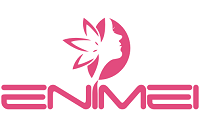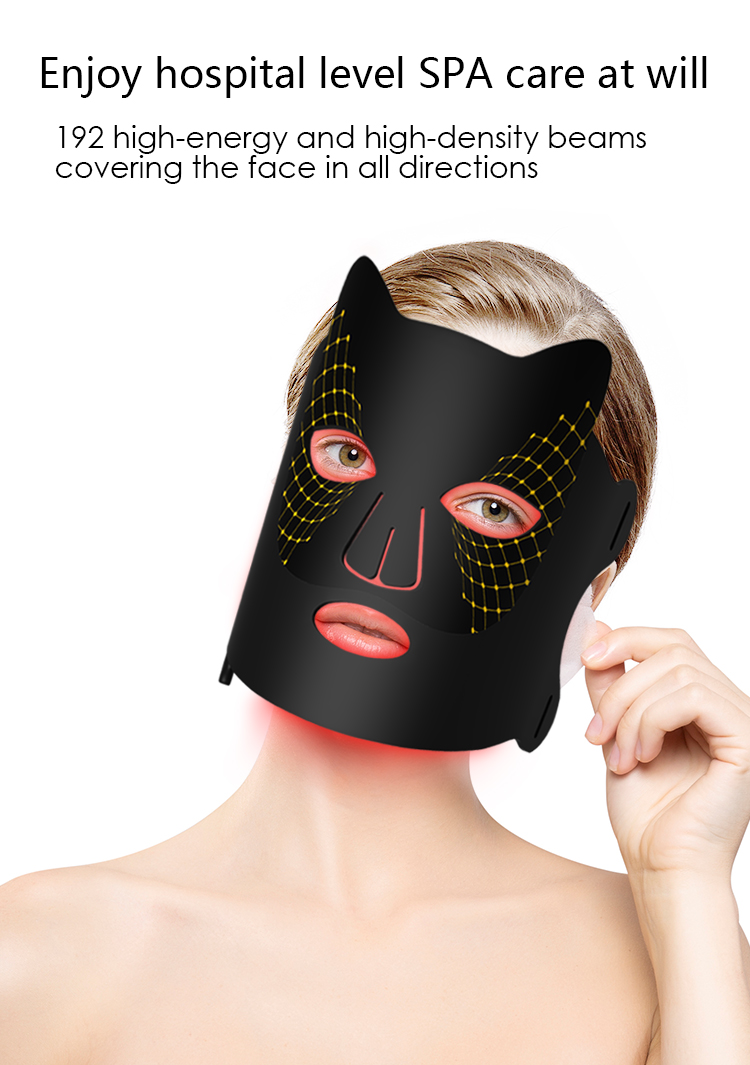What is a phototherapy device?
A phototherapy device is a beauty device that uses light of specific wavelengths to improve skin problems or enhance skin quality. There are various types of phototherapy devices, which can be divided into ultraviolet, visible light, and infrared, etc., based on the wavelength. They can also be divided into lasers, pulsed light, LEDs, etc., based on the light source. Among them, LED is a semiconductor device that converts current into a narrow and stable current spectrum. Compared with general lasers, it has a lower output power and is softer compared to light of the same wavelength. Therefore, LED light waves not only do not damage tissue cells, but also do not cause accidental damage to the eyes like general lasers. They can also stimulate the regeneration of skin collagen through light waves, thereby slowing down skin aging and achieving the effect of tightening the skin texture.
Explanation of Related Terms
Infrared: Infrared is a long-wave, low-energy light that can produce a warm feeling, promote blood circulation and metabolism. The wavelength of infrared is generally between 760-1000nm, divided into near-infrared (760-1400nm), mid-infrared (1400-3000nm), and far-infrared (3000nm and above). Near-infrared can penetrate the muscle layer, activate fibroblasts, and promote the generation of collagen and elastic fibers; mid-infrared can penetrate the dermis, accelerate the evaporation of water and sweat, and reduce edema and puffiness; far-infrared can penetrate the epidermis, increase skin temperature and vasodilation, and enhance skin resistance.
Visible light: Visible light is a medium-wave, medium-energy light that can be perceived by the human eye as different colors. The wavelength of visible light is generally between 400-760nm, divided into red, orange, yellow, green, cyan, blue, and purple. Different colors of visible light have different effects on the skin. Red light (630-700nm) can penetrate the dermis, promote the synthesis of collagen, and improve wrinkles and sagging; orange light (590-630nm) can penetrate the epidermis, promote blood circulation, and improve dullness and sallowness; yellow light (570-590nm) can penetrate the stratum corneum, promote cell repair, and improve sensitivity and inflammation; green light (500-570nm) can balance the distribution of melanin, improve spots and freckles; cyan light (490-500nm) can inhibit sebum secretion, improve pores and blackheads; blue light (450-490nm) can kill Propionibacterium acnes, improve acne and redness; purple light (400-450nm) can eliminate free radicals, improve dullness and roughness.
Mechanism of Phototherapy Device
LED phototherapy beauty is called photomodulation. The low-energy light is absorbed by the photoreceptor-mitochondria in the skin, the cellular signaling pathway changes, the internal ATP increases, and the cell activity increases, thereby accelerating metabolism and reducing inflammatory factors.
Blue light is considered to have the effect of killing Propionibacterium acnes. Propionibacterium acnes has a substance called porphyrin, which produces reactive oxygen under blue LED light. Therefore, if you continue to bathe in strong blue light, Propionibacterium acnes itself will be strongly oxidized and killed. In addition, blue light also has the effect of reducing sebum secretion, so it can be expected to sterilize the pathogenic bacteria of acne, while preventing the existing acne from worsening.
Red LED light is considered to have the effect of acting on mitochondria and activating cells. Because it also has the ability to enhance a type of immune cell called a macrophage (phagocytic cell), the red LED with a wavelength of 633 nm is most commonly used in medical beauty. It can have anti-aging and other various skin care effects, with a very wide range of effects:
Anti-aging
Promote collagen production
Improve small wrinkles
Improve skin dullness
Improve dark circles
Improve skin elasticity
Promote skin metabolism, promote skin regeneration
Adjust the texture of the skin
Reduce acne redness, fade acne marks
Inhibit the inflammation of red and swollen acne
Promote blood circulation, brighten skin tone.
Medical research on LEDs is also continuing to deepen. For example, green LEDs can improve pigmentation and relieve jaundice; purple LEDs can kill fungi; yellow LEDs can activate cell repair functions.
Perhaps many people do not know that the first to use LEDs was the famous NASA in the United States. Initially, it was used to cultivate plants in space, and it was found that the effect of LEDs was extraordinary. Later, it was used in the research of astronaut wound repair, and it was found that the DNA synthesis of muscle cells after LED irradiation actually increased by 5 times!”
Post time: Jul-15-2023

